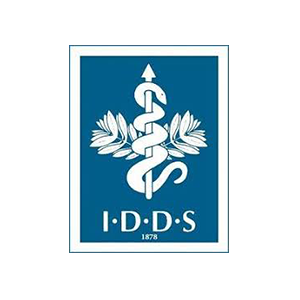Gum Disease
Gum disease, also called periodontal disease, is an infection of the tissues surrounding and supporting the teeth, and is a major cause of tooth loss in adults. Bacteria irritate the gums and cause inflammation. The gums begin to bleed and swell, which allow the bacteria even more opportunity to go deeper under the gumline.
In the early stage of gum disease, called gingivitis, the gums can become red, swollen and easily bleed. At this stage, the disease is still reversible and can usually be eliminated by daily brushing and flossing with routine visits to your dentist.
Like some diseases, gum disease isn’t painful until it reaches a more critical stage, in which treatment options narrow. If it goes unchecked, inflammation begins to allow surrounding bone to demineralize and dissolve. As the bone dissolves around the teeth in the more advanced stages of gum disease, called periodontitis, the gums and bone that support the teeth can become seriously damaged. The teeth can become loose, fall out or have to be removed by a dentist.
Early symptoms of gum disease
Gums that bleed when you brush your teeth
Red, swollen or tender gums
Gums that have pulled away from the teeth
Persistent bad breath
Pus between your teeth and gums
Loose teeth
A change in the way your teeth fit together when you bite
Bad taste in your mouth
Periodontal therapy
Scaling and root planing is a technique performed in a dental office to stop the adverse effect of periodontal disease. The procedure cleans below the gum line and smoothes the roots. When the roots are smoothed, the gums will usually reattach to the root, stopping the bacteria from spreading. In some cases, this procedure may reverse, or at least stop the damage done by periodontal disease.
Prevent gum disease by taking good daily care of your teeth and scheduling regular dental checkups.
Our Partners



